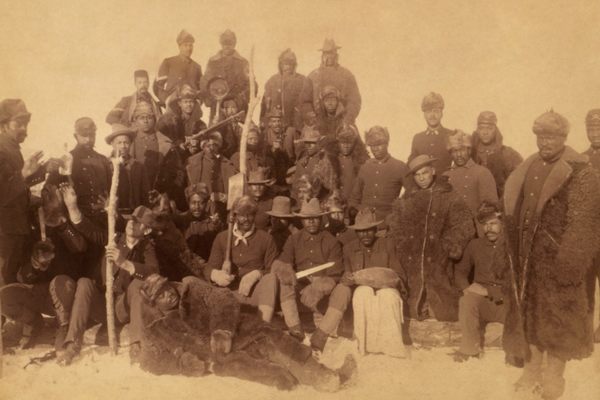The Navy’s Most Tenacious Enemy May Be Windows XP

What it feels like to still be using Windows XP (Photo: NOSC TD 1940)
For an average consumer of technology, there are plenty of reasons to lag behind on updating the operating system of a phone or computer: sloth, fear of change, the apprehension that this last update will make your old piece of hardware slow to a crazy-making crawl.
The United States Navy has at least one additional good excuse: a significant portion of its technology is floating around world on its fleet of ships.
That, plus the massive scale of the Navy’s technology system, has put this branch of the military far out of touch with current technology. Back in 2014, when Microsoft was ending all support for Windows XP, the Navy had to make a special deal to extend support, meaning, a portion of its computers were still using the operating system, first released in 2001.
This is not an ideal state of affairs, which the Navy recognizes. Its policy is that all off-the-shelf software should be currently vendor supported. (Reasonable enough.) By September 2014, the Navy was pushing to rid its system of XP once and for all: it had even put together a crack “Microsoft Eradication Team” to do the job of upgrading, to at least Windows 7 (of 2009 vintage).
Now, the Navy has decided to run even more quickly into the present. In April of last year, the IT managers of the Navy noted that Microsoft was already beginning to draw down support for Windows 7 and resolved to make it to Windows 10, released in 2015, by January 2020.
But in November the Department of Defense announced to transition to Windows 10 within the next year and half. As of this month, the Navy has instructed its shore-based IT overseers to transition to Windows 10 by January 2017. “Afloat” technology can get a reprieve—but only up to 12 months.
The Microsoft Eradication Team presumably has its work cut out for it. (Atlas Obscura has asked the Navy for more details about this team and will update this post if they’re in the offing.) But they have quite a job cut out for them. The world, after all, has changed since 2001.












Follow us on Twitter to get the latest on the world's hidden wonders.
Like us on Facebook to get the latest on the world's hidden wonders.
Follow us on Twitter Like us on Facebook